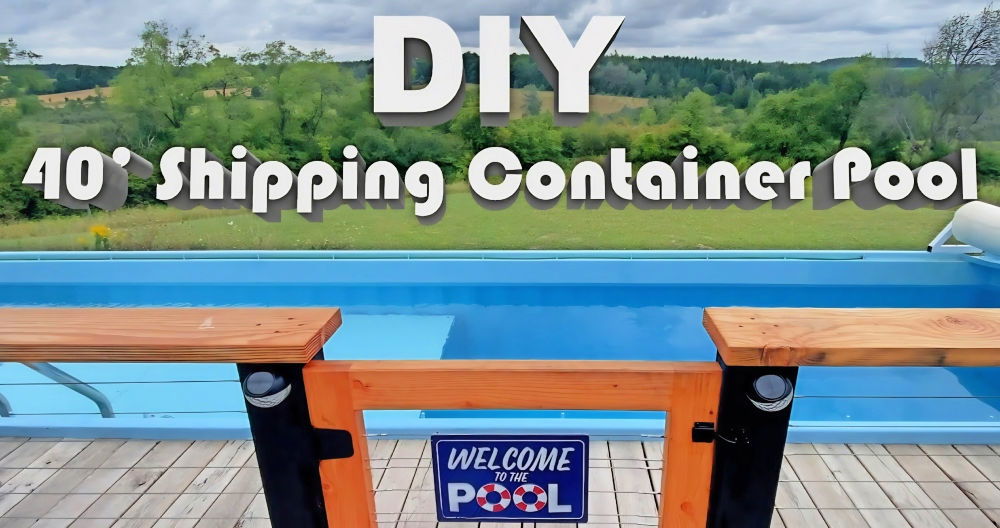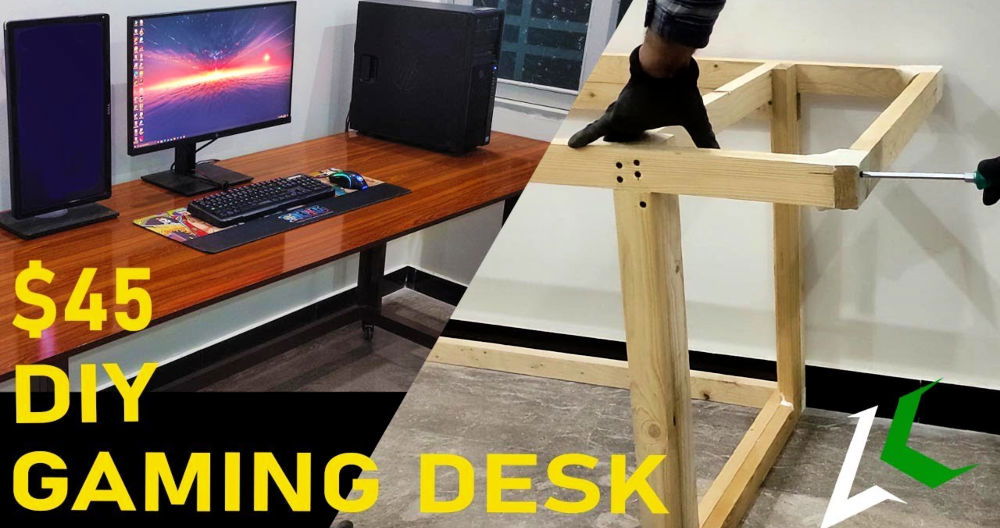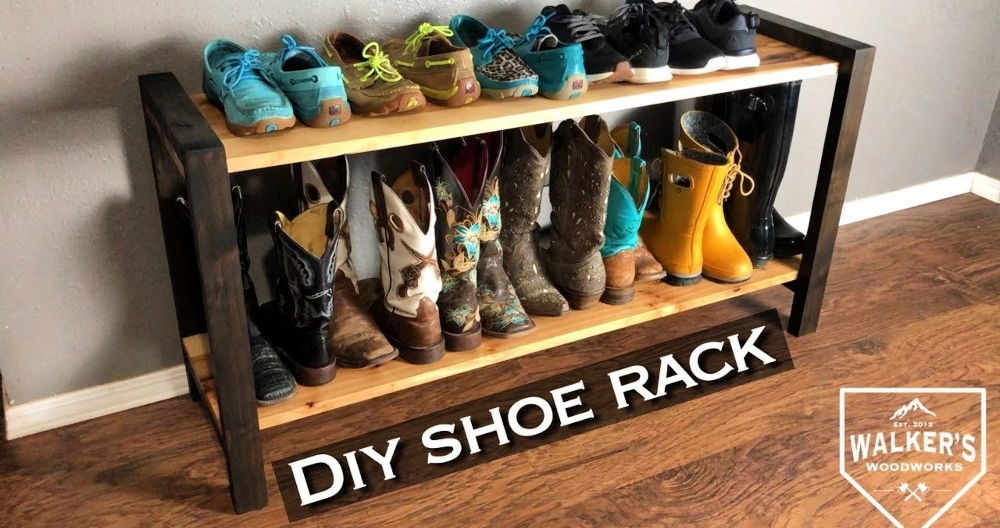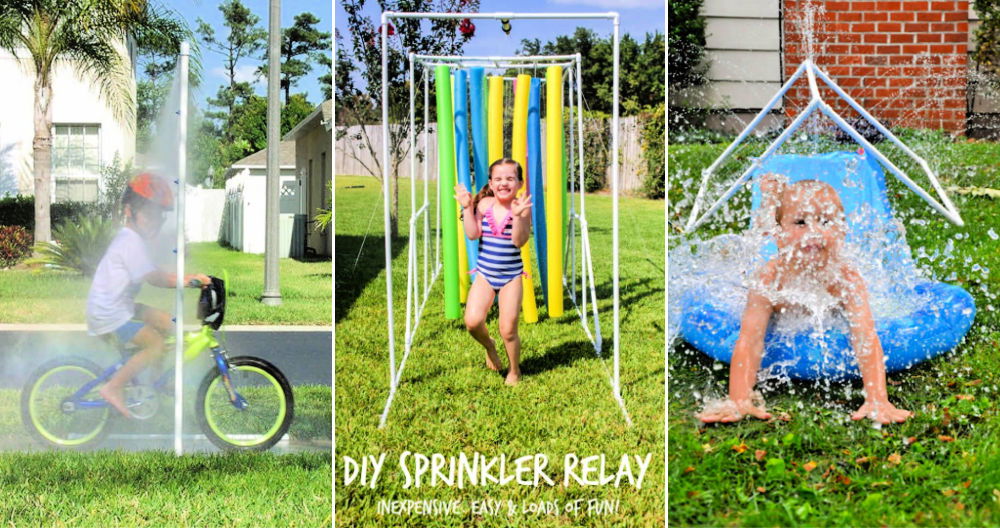Making a DIY wagon can be a fun and practical project. This easy guide will help you build your own wagon in just ten steps. Making your personal wagon doesn't need to be complicated. With simple materials and basic tools, you can have a functional and sturdy wagon for various uses around your home or garden.
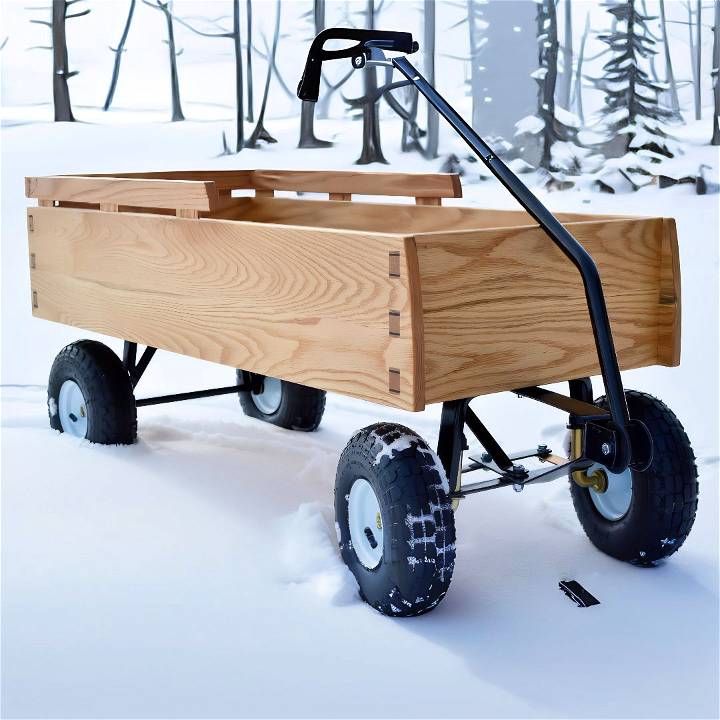
Follow these clear and straightforward instructions on how to make a wagon. You'll need some wood, wheels, screws, and a few standard tools. Each step is easy to follow, ensuring you can build your wagon without hassle.
Ready to start? Let's get building and move to the next section for detailed steps.
Materials You'll Need
get started on your project with red oak and basic woodworking tools. Discover the essential materials you'll need for perfect results.
1. Wood (Red Oak)
I chose four-quarter one common red oak due to its durability and aesthetic appeal. Red oak is a versatile hardwood that brings out a beautiful finish and can withstand rough use, essential for a child's wagon.
2. Basic Woodworking Tools
- Router: For building mortises and dadoes.
- Chisels: To perfect the mortises and square them.
- Handsaw: For precise cuts.
- Clamps: Essential for glue-ups.
- Plane: To smooth the surfaces.
- Screws and Stainless Steel Hardware: To ensure the build's durability.
- Sandpaper: To smoothen the edges and surfaces.
- Finish (Spar Urethane): For a durable, water-resistant finish.
Step-by-Step Instructions
Learn how to build a DIY wagon with our step-by-step instructions, from choosing lumber to installing wheels. Perfect for your next woodworking project!
Step 1: Choosing Your Lumber
For this project, I ordered four-quarter one common red oak. Here's a handy tip: if your project requires long, clear pieces, opt for higher-grade lumber. But, since this wagon involves shorter, smaller pieces, you can save money by choosing a lower grade and cutting around defects.
Step 2: Preparing the Wood
Once you have your wood, start by cutting it to your desired lengths and widths. I used a jointer and planer to ensure the boards were flat and smooth. Then, I ripped them to width and cut them to length. Since I wasn't following a strict plan, I left my glue-ups wide, cutting them down until I got a height that looked proportionate.
Step 3: Making the Joinery
Joinery is a fun but crucial part of the process. I began by marking out for the mortises:
- Marking Mortises: Use a marking knife instead of a pencil for precision.
- Routing the Mortises: A router with an edge guide is perfect for this task. Eyeball the stop points and square them later with a chisel.
- Chiseling the Mortises: Chiseling to a knife line ensures accuracy. It also gives a handmade look, which I personally cherish.
Step 4: Crafting the Tenons
With the mortises ready, it was time to cut the tenons:
- Marking Tenons: Define the shoulder line and tenon width.
- Cutting Tenons: I used a dovetail jig for precise 90-degree cuts.
Step 5: Test Fitting
Before gluing anything, always do a dry fit. This allows you to make any necessary adjustments. I left the tenon board a bit thick initially and planed it for a snug fit.
Step 6: Adding the Bottom Boards
Next, I added a groove to accept the bottom boards:
- Grooving: Use a table saw or router to make these grooves.
- Preparing the Bottom Boards: Tongue the ends and chamfer the edges for a snug fit.
Step 7: Assembling the Wagon Body
Now, it was time for glue-up. I applied spar urethane to the parts before final assembly to ensure durability in hard-to-reach areas.
Step 8: Adding a Railing
I wasn't planning on adding a railing initially, but it just didn't look right without it. So, I decided to add one to the back:
- Cutting Mortises: Use quarter-inch router bits for the railing mortises.
- Assembling the Railings: Fit them into the mortises for a snug and sturdy connection.
Step 9: Final Assembly and Finishing
For the final assembly:
- Glueing: Ensure a tight fit for all mortises and tenons.
- Clamping: Let the glue set.
- Finishing Touches: Apply additional spar urethane for a water-resistant finish.
Step 10: Installing the Wheels
The wheels make the wagon functional:
- Marking and Drilling: Use an automatic punch for precise hole locations.
- Attaching Wheels: Secure with stainless steel hardware for longevity.
Building my little one a wooden wagon turned out to be a deeply fulfilling project. The mortises were tight, the finish was smooth, and it looked fantastic overall, especially with the railing, which added a nice touch.
Customization Ideas for Your DIY Wagon
When it comes to personalizing your DIY wagon, the possibilities are as limitless as your imagination. Here are some practical and creative ideas to make your wagon truly one-of-a-kind:
- Choose a Theme: Decide on a theme that reflects your personality or purpose for the wagon. Whether it's a classic rustic look, a vibrant garden mobile, or a child's fantasy chariot, a theme can guide your customization choices.
- Paint and Decorations: A fresh coat of paint can transform your wagon. Use weather-resistant paint for durability. Add patterns, stripes, or even hand-painted designs to make it stand out. Don't forget to seal your paint job to protect it from the elements.
- Comfort Features: If you plan to transport children or pets, consider adding padded seats or a canopy for shade. For a garden wagon, built-in tool holders or a removable liner for soil can be both functional and stylish.
- Wheels and Tires: Upgrade the wheels for better maneuverability or to match the wagon's intended use. Pneumatic tires are great for rough terrain, while solid rubber tires work well on smooth paths.
- Storage Solutions: Add compartments, pockets, or hooks to keep items organized. A foldable side table attached to the wagon can serve as a convenient workspace or picnic table.
- Lighting: For evening use, install LED lights under the wagon or around the edges. This not only adds a cool effect but also increases visibility for safety.
- Personal Touches: Embellish your wagon with personal touches like monograms, nameplates, or custom handles. These details make the wagon uniquely yours.
- Eco-friendly Materials: Opt for sustainable materials like bamboo or recycled plastics for parts of your wagon. This choice supports the environment and can be a talking point for your creation.
The key to successful customization is to plan your design, choose the right materials, and execute with care. Your DIY wagon can be a reflection of your creativity and a practical addition to your daily life.
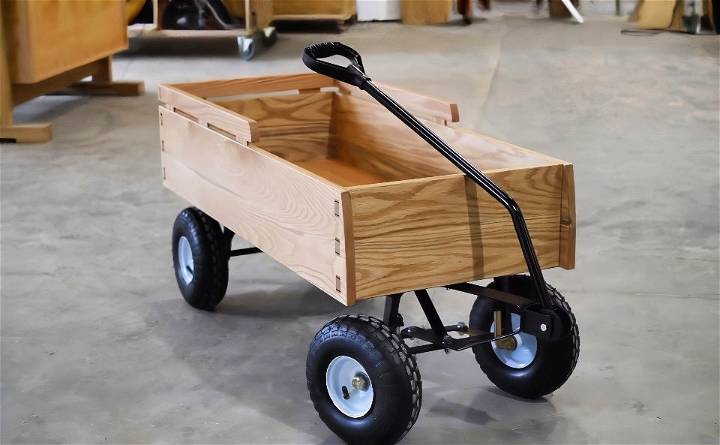
Advanced Features and Technologies for Your DIY Wagon
Incorporating advanced features and technologies into your DIY wagon can significantly enhance its functionality and user experience. Here's how you can bring a touch of modern innovation to your classic wagon:
- Brake Systems: Safety comes first, and adding a simple hand-operated brake system can make your wagon safer for kids and easier to handle on slopes. You can install a basic lever and brake pad mechanism that presses against the wheels to slow down the wagon.
- Collapsible Sides: For versatility and easy storage, consider designing collapsible sides for your wagon. Use hinges and locking pins to make sides that can be folded down or removed when not needed.
- Weatherproofing: Protect your wagon from the elements by applying a weatherproof coating. This can prevent rust on metal parts and rot in wooden components, extending the life of your wagon.
- GPS Tracker: For those who want to keep an eye on their wagon, especially in public spaces, a GPS tracker is a great addition. It can be discreetly attached and monitored via a smartphone app.
- Solar Panels: If you're tech-savvy, you can install small solar panels to power lights or charge devices. This eco-friendly feature is not only practical but also promotes sustainable living.
- Pneumatic Tires: Upgrade to pneumatic tires for better shock absorption and a smoother ride, especially if you're transporting delicate items or traversing rough terrain.
- Foldable Canopy: A foldable canopy can provide shade on sunny days or shelter from light rain. Use water-resistant fabric and make sure it's easily detachable for days when you don't need it.
- Smartphone Holder: For those who like to have their devices handy, a secure smartphone holder can be a useful addition. This is particularly handy for playing music or following GPS navigation while on the move.
By integrating these advanced features, your DIY wagon will not only be more functional but also more enjoyable to use.
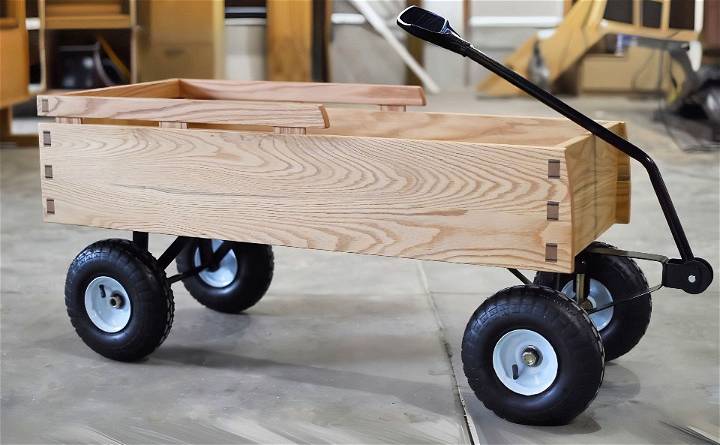
FAQs About DIY Wagon
Find answers to common questions about DIY wagons. Get tips, materials needed, and step-by-step guides to building your own wagon.
Yes, you can adjust the size of your wagon to fit your needs. Whether you need a compact wagon for gardening or a larger one to haul equipment, the design can be scaled up or down. Just ensure that your materials and construction methods are appropriate for the intended load.
To ensure sturdiness, use high-quality materials and make sure all connections are tight. Reinforce the corners and joints with additional supports or brackets. Regular maintenance, such as checking for loose screws and worn-out parts, is also crucial.
For steering, you can make a simple mechanism using a pivoting front axle. Attach the handle to the front axle, which allows you to turn the wheels. Make sure the steering is responsive and easy to maneuver, especially if the wagon will carry heavy loads.
To enhance the durability of your wagon for outdoor use, consider using treated wood or applying a weather-resistant finish to protect against moisture and sun damage. Additionally, using rust-resistant hardware and ensuring proper drainage can prevent water accumulation and prolong the life of your wagon.
Safety is paramount when constructing a DIY wagon. Include features such as smooth edges to prevent cuts, a reliable braking system if you plan to use it on slopes, and a sturdy handle for control. If children will be using the wagon, ensure it has a low center of gravity to prevent tipping.
Final Thoughts
In conclusion, making your very own DIY wagon can be a fun and rewarding project. By following our 10 easy steps on how to make a wagon, you'll not only save money but also gain a unique and functional piece.


